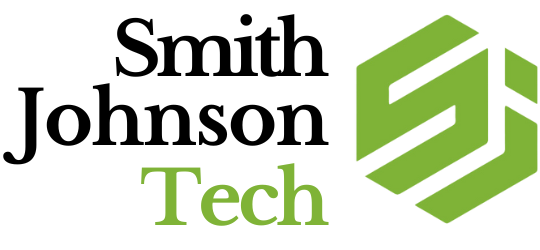by Tawnya Mayo

Employee priorities have changed dramatically over the last 25 years. In the late 1990s and early 2000s, workers valued long-term security, retirement plans, and clear promotion paths. Today, flexibility, well-being, and growth opportunities are top priorities.
As new generations enter the workforce, expectations evolve. To attract top talent, employers need to offer competitive pay and align their benefits with modern values. While benefits vary by industry, clear trends have emerged over the last 20 years.
At a glance, the top benefits desired by employees in the late 1990s-early 2000s looked like the following:
- Health insurance: Medical care plans were the most prevalent benefit available to workers in private establishments in 2000
- Retirement benefits: This included defined benefit pensions and defined contribution plans
- Paid time off: This included paid vacation days and paid holidays
- Life insurance: Available to over half of all employees in private industry
- Dental insurance: Ranked as the second most important benefit by employees
- Vision care: Also considered highly desirable by employees
- Bonuses and incentive pay: A benefit to long term employees
- Corporate career growth/promotion paths
- Tuition reimbursement
In 2024, the top benefits were:
- Flexible work options (remote/hybrid jobs or flexible hours)
- Mental health and wellness support
- Competitive salary and transparent pay
- Career growth and professional development
- Paid time off (PTO)
- Inclusive, values-driven workplace culture
- Student loan assistance/financial wellness tools
- Tech stipends or home office support
- Childcare support and parental leave
- Retirement plans (still important, but not top priority)
Why the shift? 25 years ago, employees typically stayed with one company much longer. Job security was highly valued, and many employees expected to stay with one company for decades. In return, loyalty was rewarded and stability was reflected in pensions, bonuses, and clear promotion paths. Companies often emphasized loyalty and internal growth.
But society has changed dramatically in the last 20 years, and several factors have contributed to changing values in the workplace. Today, workers often average just 2–3 years per role, making long-term benefits less compelling. What employees do want, today, is flexibility, a focus on well-being, and the opportunity to grow, not just in terms of rank, but in actual knowledge and ability.
Flexibility
As technology improved, remote work became possible. During the COVID-19 pandemic, it quickly became mainstream. Employees want to keep this flexibility, wanting more control over their time at work, as well as off, valuing PTO and flexible working set-ups. Today’s working parents, including more involved fathers, want the ability to attend doctor’s appointments, school meetings, and extracurricular events.
Health and Well-Being
Health care remains a top priority for employees today, but it’s often seen as expected rather than exceptional. But basic health insurance alone isn’t enough. Today’s workers value total well-being. They want health insurance that covers mental well-being, and dental and vision coverage, often including chiropractic or other holistic coverage.
Employers can stand out by offering more than standard insurance; some employers offer gym memberships or in-office gyms, many offer Employee Assistance Programs with counseling sessions, some offer more parental leave than is legally required, many offer plans with Health Savings Accounts or Flex Savings Accounts, often with employer contributions.
Ongoing Development
Today, many young adults are foregoing formal degrees, so tuition reimbursement has less appeal. There’s less focus on long-term academic goals and more value placed on immediate skill development. Online learning stipends, workshops, conferences, and mentorships are more appealing to today’s workforce.
Retirement
As the economy has changed, so has the trust in the long-term financial systems such as Social Security or stock-heavy retirement plans. Many Millennials and Gen Z workers entered the workforce during or after major downturns (the 2008 recession, COVID-19 crisis) and have seen how quickly retirement savings can be wiped out, making them less likely to invest heavily in those plans. With many workers burdened by student debt and rising living costs, planning for the future takes a back seat, especially for those living paycheck to paycheck. Employers offering retirement benefits should pair them with financial wellness tools, student loan assistance, or short-term savings options to make them feel more relevant.
What does this mean for today’s employers? To attract and retain top talent, consider modernized benefits that reflect current needs and values. Regularly review offerings and ask employees what matters most. Benefits can help you stand out in a competitive hiring market. Times have changed, and so have employee priorities. Staying in tune with today’s workforce will help you attract – and keep – the talent that drives your company forward.
